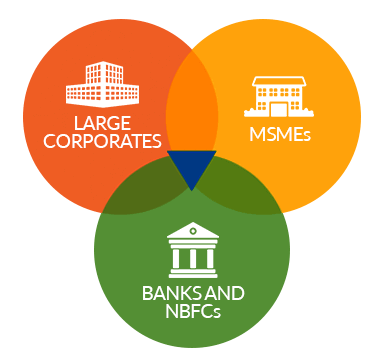The forgotten caveats

The headline in the business standard reads : " India must grow at 18% to ensure jobs to growing workforce: World Bank ". The article is based on the recent world bank report titled " Jobless Growth " under the south Asia economic focus series. One would agree that 18% growth for a country of our size is not attainable . That being so, the headline implies that World Bank is saying that India cannot secure jobs to its growing workforce . Gloomy picture indeed. There is an element of certainty about the nice round number 18 which misleads a lay reader. It is not so if one reads the actual report. The actual report has pushed in enough caveats to survive any close scrutiny about the number 18. The problem is, the report presents things in a way that make newspapers pick up such headlines. That's a danger that any report writer should be wary about, and should factor in while presenting data to a lay reader. To expand the debate, the

